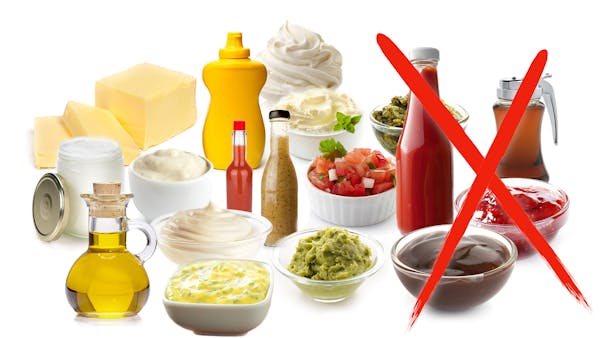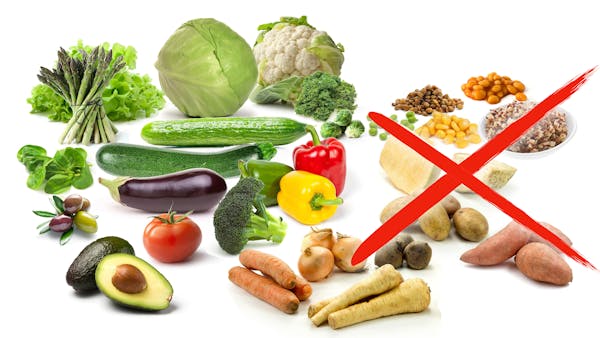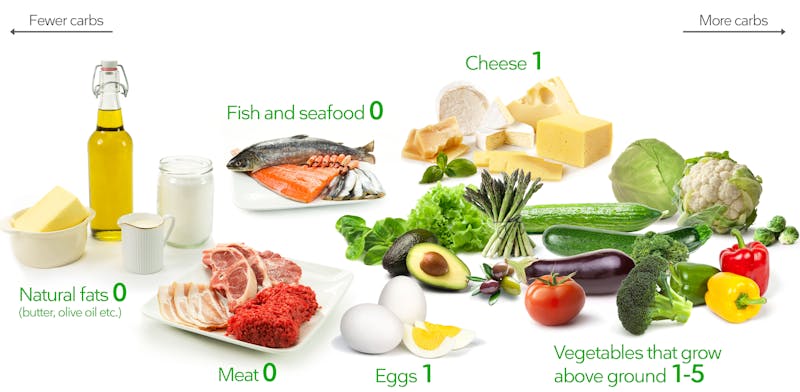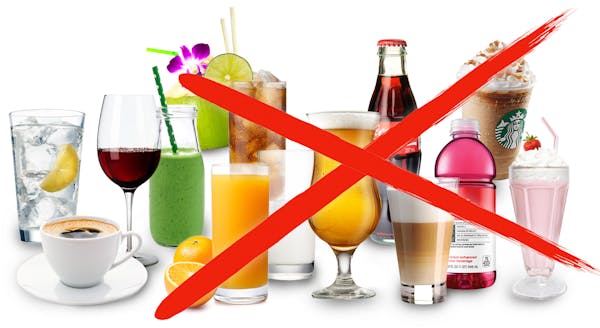Last year my husband decided to go on a KETO diet. My husband needed to go on a KETO diet to get his bloodwork out of the pre-diabetic range. At first, he was happy, eating as much meat and cheese as he desired...but this bothered me due to his excessive consumption and the lack of balanced meals. However, after his first month on KETO, his numbers had lowered in his bloodwork to make his doctor very happy. By his next blood panel--a few months later--he was no longer pre-diabetic and he was losing a couple pounds. He was still limiting his food supply to the point that I thought he needed more diversity in his diet. That is when I decided to join him on the KETO diet from home.
I have been on a low-carb diet since March 2020. I do not have a real guide or plan besides keeping my carb count below 30grams a day and eating natural fats and clean proteins. I went on it because my doctor said I needed fewer carbs and because I cannot lose weight without drastically feeling like I'm starving. So, off we went on this journey together. Our children are--obviously--not on the KETO diet. They have their weight in check, and they are not exhibiting any health issues that would require KETO modifications; however, I am the chef in the family...it is my job to buy, thaw, and prepare our daily meals. Therefore, I knew that if Mom and Dad were on KETO then there would have to be modified food options for our kids to eat. We buy SlimFast KETO meal bars and shakes to help us keep our carbs low, and when we have these, our kids get to have granola bars or fruit smoothies. We are still eating about the same things in our home, but my husband and I go the low-carb way while the kids eat healthy but carb-filled alternatives.
After the first month, there was a noticeable difference in how "puffy" I was, but I did not really lose any weight. It is now August 2020, and I have not lost anything beyond the initial water weight and puffiness. My husband has tried to convince me to lower my calorie intake--after all, we are eating a protein and fat diet mostly--but this is often hard to do. Since my hunger-pangs have changed since starting the diet. However, one benefit of KETO is that I do not feel like I am starving all of the time. Previously, on a standard diet, I was hungry all of the time, and so I would feel the need to snack and eat throughout the day. Now, I go from not being hungry to "Oh no! Where is a cheese stick?" It creeps up on me and then all of a sudden my hunger is there. This is not so bad if we are at home (which we mostly are right now due to Corona Virus) since we do keep plenty of string cheese and sliced meats in the house to snack on between meals...however, I still feel as if I need more veggies in my diet so that I am filling up on nutrients as well as energy-producing proteins and fats.
Low-carb veggies are hard to find. Furthermore, when you do find a low-carb veggie, it is often one that you would not normally eat every day such as cauliflower or zucchini. We have tried incorporating pre-packaged salads (from Walmart) into our daily routine to help give us more balance. We typically get the Family Sized Caesar Salad mix and let the kids have the croutons to add to their bowls of the salad. However, we miss pizza and pasta...and the cauliflower pizza crust is NOT worth it. Trust me. We've tried 4 different recipes to try to revive pizza in our house for the KETO dieters, but it is simply repulsive at times.
With my birthday coming up, my husband began looking into Vasta...
Look at the recipe below to see why this product looks so amazing to someone stuck on KETO, not losing weight, and bored with regular food options...
Visit my next post to learn about our first time with Vasta.













